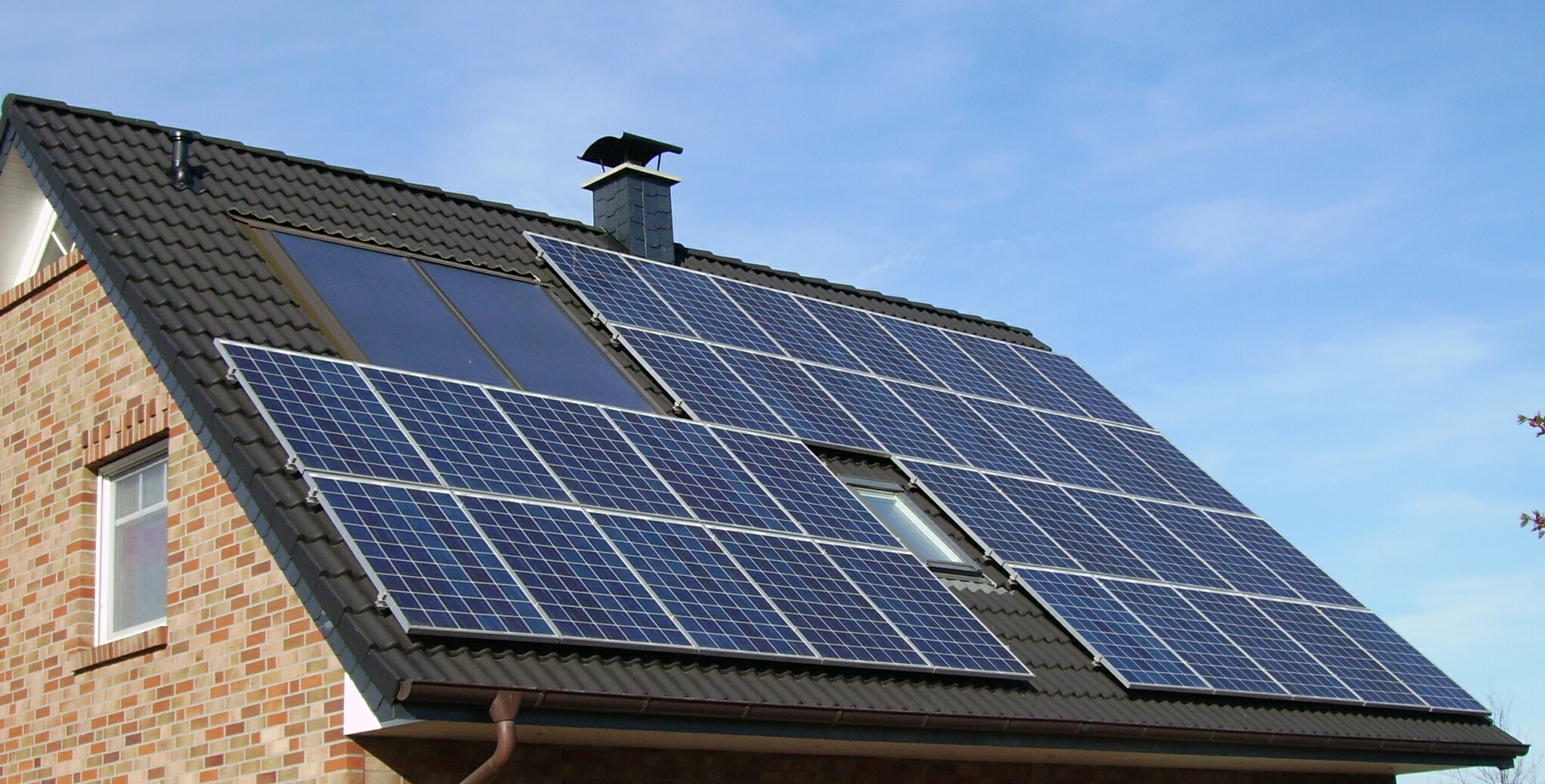According to Bloomberg, the share of wind power in the UK accounts for 7.7% of the electricity produced, in Germany this number amounts to 11.4%.
Electricity, produced by wind turbines, was the cheapest in the US last year, taking into account the state subsidies. Their action will have been discontinued by the end of 2017; without them, it is expected that the ‘wind electricity’ in the next decade will be cheaper than that produced by coal and gas stations.
Wind power in the United States will have become cheaper than traditional power units by 2023, and solar energy - in 2036, said Bloomberg in a June report, presenting the strategic outlook of the global energy development until 2040. Fossil fuels will not disappear from the energy mix and will make up 44% of generation by 2040, but will be limited to older power units in developed countries.
So far, only 5% of energy produced fall on wind and solar power in the United States (data for 2014), but with the increase of the capacity, share of gas and coal will inevitably fall, according to the BNEF. "
- Renewable energy is absolutely competitive in terms of cost, and it has already been competing directly with fossil fuels. Utilization capacity of plants, running on fossil fuels, has been reduced, - said Luke Mills, an analyst at BNEF. After a wind or solar plant is built, the production cost of additional units is close to zero, while gas and coal plants require all new fuel. Therefore, companies, deciding what station to build, will increasingly opt for power with virtually free electricity - points BNEF. In its estimation, capacity utilization in the gas generation in the US will be reduced from 70% in the second half of 2014 to 62% in the second half of 2015, coal - from 86 to 85%, and solar and wind power will increase from 16 to 20% and from 32 to 37% respectively.
In its rapid development, the renewable energy passes more and more milestones. For example, in July in Germany, solar panels for the first time in the history equaled the volume of electricity generated from nuclear plants, produced, according to the Institute for solar energy systems, by 5.18 TWh. In the same month, the country set another record: wind and solar power produced 11.7 TWh of electricity, exceeding the figure for March (11.1 TWh).
Renewable energy in the next five years will be the largest source of new generating capacity, the plank is going to be set to 700 GW, according to a recent report of the International Energy Agency (IEA). Yet despite the growth, investment fell from $ 270 billion in 2014 to $ 230 billion in 2020 due to lower cost of wind and solar power.
The IEA estimates that the share of renewable energy in the global power generation will increase from 22% in 2013 to more than 26% in 2020. Approximately two thirds of the new capacity will be commissioned in developing countries; China will have nearly 40% growth and nearly a third of new investment in renewable energy, the report says.
- There is only one world region suffering from a lack of energy - Asia. And everyone there is speaking about renewable energy - notes Seth Kleinman, managing director of the oil and gas markets analysis at Citigroup. At the time, the cost of solar energy is constantly decreasing and the number of electric vehicles is growing.
It is very difficult to exactly determine a turning point for the industry of hydrocarbons in general. Perhaps this is the beginning of the next decade, or in the end; or, if you're too skeptical, in the beginning of the decade, coming around the next. But the turning point will certainly come, and not in the next century, - said Kleinman.
source: bloomberg.com
Electricity, produced by wind turbines, was the cheapest in the US last year, taking into account the state subsidies. Their action will have been discontinued by the end of 2017; without them, it is expected that the ‘wind electricity’ in the next decade will be cheaper than that produced by coal and gas stations.
Wind power in the United States will have become cheaper than traditional power units by 2023, and solar energy - in 2036, said Bloomberg in a June report, presenting the strategic outlook of the global energy development until 2040. Fossil fuels will not disappear from the energy mix and will make up 44% of generation by 2040, but will be limited to older power units in developed countries.
So far, only 5% of energy produced fall on wind and solar power in the United States (data for 2014), but with the increase of the capacity, share of gas and coal will inevitably fall, according to the BNEF. "
- Renewable energy is absolutely competitive in terms of cost, and it has already been competing directly with fossil fuels. Utilization capacity of plants, running on fossil fuels, has been reduced, - said Luke Mills, an analyst at BNEF. After a wind or solar plant is built, the production cost of additional units is close to zero, while gas and coal plants require all new fuel. Therefore, companies, deciding what station to build, will increasingly opt for power with virtually free electricity - points BNEF. In its estimation, capacity utilization in the gas generation in the US will be reduced from 70% in the second half of 2014 to 62% in the second half of 2015, coal - from 86 to 85%, and solar and wind power will increase from 16 to 20% and from 32 to 37% respectively.
In its rapid development, the renewable energy passes more and more milestones. For example, in July in Germany, solar panels for the first time in the history equaled the volume of electricity generated from nuclear plants, produced, according to the Institute for solar energy systems, by 5.18 TWh. In the same month, the country set another record: wind and solar power produced 11.7 TWh of electricity, exceeding the figure for March (11.1 TWh).
Renewable energy in the next five years will be the largest source of new generating capacity, the plank is going to be set to 700 GW, according to a recent report of the International Energy Agency (IEA). Yet despite the growth, investment fell from $ 270 billion in 2014 to $ 230 billion in 2020 due to lower cost of wind and solar power.
The IEA estimates that the share of renewable energy in the global power generation will increase from 22% in 2013 to more than 26% in 2020. Approximately two thirds of the new capacity will be commissioned in developing countries; China will have nearly 40% growth and nearly a third of new investment in renewable energy, the report says.
- There is only one world region suffering from a lack of energy - Asia. And everyone there is speaking about renewable energy - notes Seth Kleinman, managing director of the oil and gas markets analysis at Citigroup. At the time, the cost of solar energy is constantly decreasing and the number of electric vehicles is growing.
It is very difficult to exactly determine a turning point for the industry of hydrocarbons in general. Perhaps this is the beginning of the next decade, or in the end; or, if you're too skeptical, in the beginning of the decade, coming around the next. But the turning point will certainly come, and not in the next century, - said Kleinman.
source: bloomberg.com



















